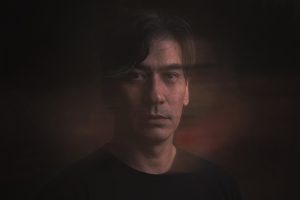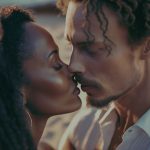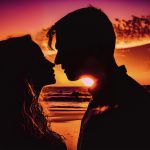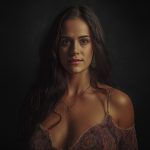Photography - What is Long Exposure?
At first, long exposure is a photography technique that allows you to record everything that happens during a certain period of time in a single image.
For this reason, this resource is widely used by photographers to record movements and add a different effect to their photography.
But what is the long exposure in technical terms after all?
In order for us to understand what a long exposure is, it is essential to know what the camera shutter is and how it works.
The Shutter
As of now, it is worth remembering that the shutter is the mechanism that opens and closes, a kind of window, in milliseconds, so it allows light to enter the camera and expose the sensor to light. So, if you allow it to stay open for a long time, it generates long exposure to light.

Thus, in order to be able to work with slower shutter speeds and obtain a long exposure without the photo being blurred, it is essential to use a good tripod.
The Neutral Density Filter
As for an accessory to control the long exposure in scenarios with more light (for example during the day), it is worth adding to this collection the N / A filter (neutral density).
Like the others mentioned above, the neutral density filter allows you to decrease the amount of light reaching the sensor, allowing it to work at slower shutter speeds in bright environments.
Basic knowledge
You need to know and understand the basics of photographic technique, that is, what the ISO, the diaphragm and the shutter are and how they work. For environments with a lot of light, close the diaphragm, work with low ISO and a slow shutter speed. See a series of articles on photographic technique here
The Remote Trigger
It is interesting to have a remote device, because as it is a long exposure, the simple fact of using the camera's release button can make your photo shake. If you do not have a remote trigger, you can configure the camera to shoot a few seconds after clicking on the camera's physical button.
RAW
Initially, put your camera to shoot in RAW, so that you will have many more features and possibilities in post production.
The Composition
Now that you know how the technical part works, you need to decide what will compose your scene (landscape, people, etc.), what will be recorded in the movement (clouds, sea, waterfall, plants, people, etc.).
Always try to think about the composition of your photograph (this is a great exercise even without having the camera in hand). Look at the locations and see what could add value to the photo, what stands still and moves. Train your look, because photography is not pressing a button. Remember “You don't take a picture, you create a picture”
Natural light
Right now, another fundamental tip is to always try to photograph when the sun is rising and / or with the sunset. Therefore, the natural light of these two moments is the best (the famous Golden Hour).



Anyway, we'll meet in the next article.
So, did you like the article and want to contribute a coffee of thanks? Make your contribution through the QR Code below. Help the Foto Blog that helps you. Any value is welcome! A coffee is R$2 here, for example.

Related articles
| Make long exposure | Types of cameras | Light the principle (part 1) | Light the principle (part 2) |
| Photographer | Saquarema | Photo | Photography | Online Gallery | FotoBlog | Claude Monet | Photographic Technique | Color Photographic Technique | How To Make Long Exposure Photo |





